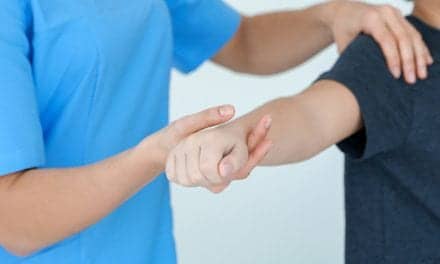Kessler Foundation has acquired the ZeroG Gait and Balance Training System by Aretech for use in advancing its rehabilitation research for individuals with disabilities, according to a recent news release.
The ZeroG is a robotic body-weight support system mounted in an overhead track. It is engineered to allow individuals to engage in rehabilitative activities safety and independently, the release adds.
Rodger DeRose, president and CEO, Kessler Foundation, emphasizes in the release that the foundation is “proud to be one of only six centers in the US to use the device exclusively for research. ZeroG complements the technological resources that our scientists are using to help people stand and walk, sometimes for the first time, after a paralyzing injury or stroke. We anticipate that ZeroG will help us explore new ways to help individuals function more independently at home, in the community, and in the workplace.”
Joe Hilder, PhD, CEO of Aretech and inventor of ZeroG, echoes DeRose’s sentiments, adding, “Because of its partnership with Kessler Institute for Rehabilitation, Kessler Foundation is uniquely equipped to develop treatments that can quickly and effectively be implemented in clinical care. Incorporating ZeroG will advance our understanding of the impact of new interventions being studied at the Foundation, such as robotic exoskeletons and treadmill training.”
The release notes that the ZeroG is built to be used by individuals of various ages, weights, and diagnoses, for many types of functional activities. Additionally, the ZeroG is designed to allow patients to walk over ground, on a treadmill, or in an exoskeleton without the fear of falling. Through a wireless interface, the device is engineered to provide real-time data for mobility research, including distance, speed and duration of walking, levels of body-weight support, and falls prevented. The release adds that users can monitor activity using ZeroG’s touchscreen or a mobile phone or tablet.
According to the release, Kessler Foundation is using ZeroG Version 2, which is more compact and has a higher weight capacity, with a maximum of 400 pounds. Version 2 is also built to provide biofeedback to challenge individuals physically and cognitively. The technology also offers a high-resolution display screen that features interactive games and target matching activities such as breaking blocks and bobbing and weaving to avoid objects, which is intended to increase motivation and encourage participation.
[Source(s): Kessler Foundation, Aretech]





